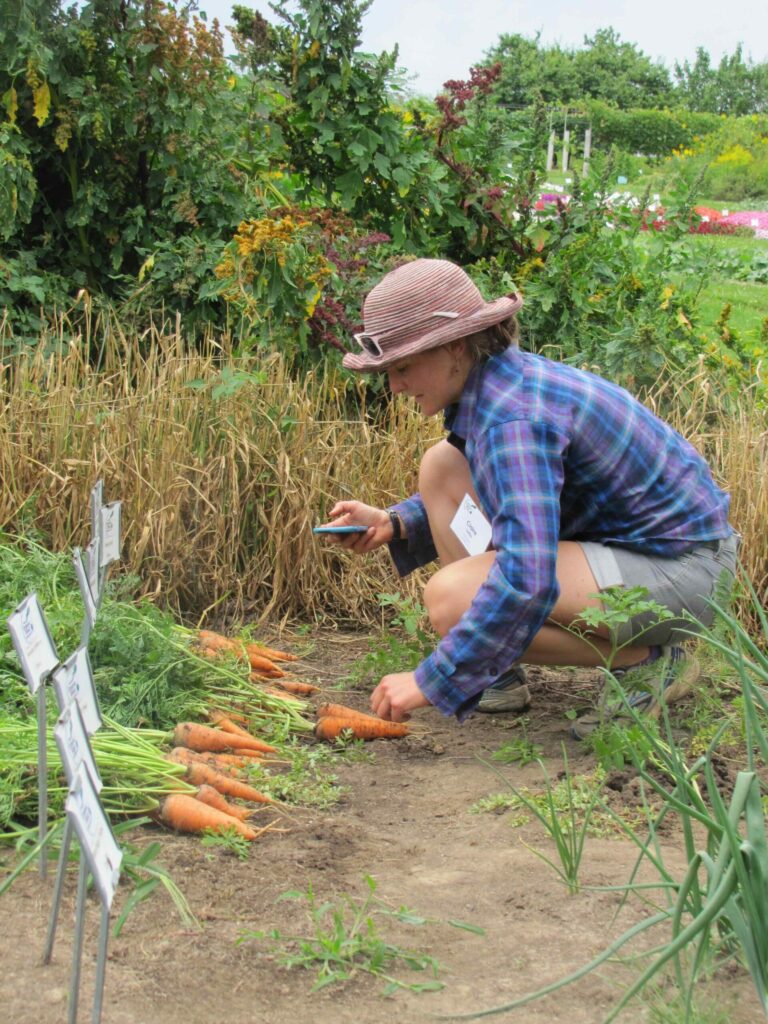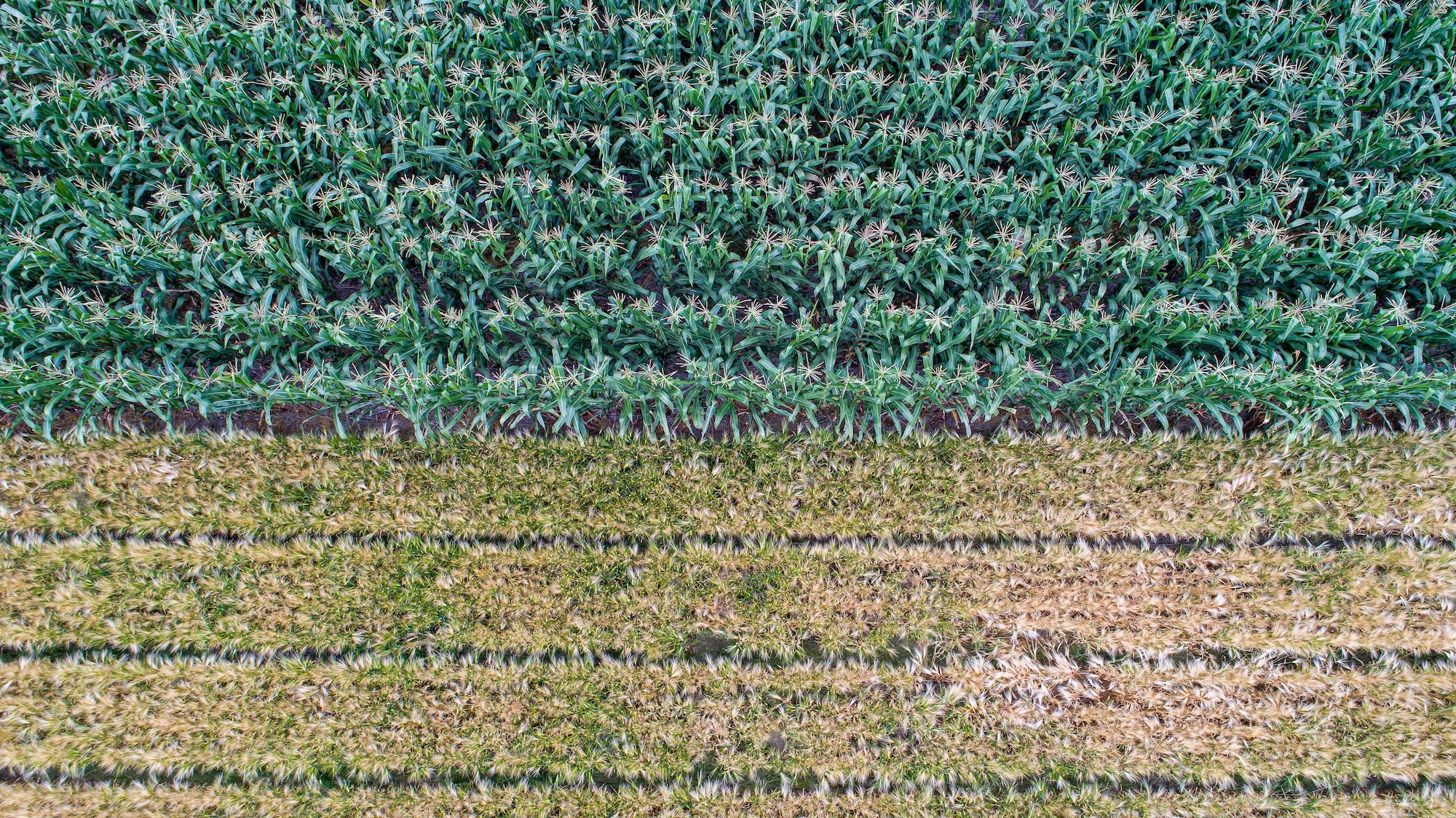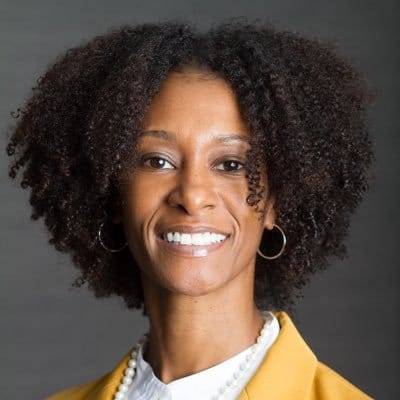No matter the role, preservation is a priority.
The conversation surrounding seed saving is as diverse, and sometimes as controversial, as the day is long. But today’s seed seekers, seed keepers and seed growers seem to all agree that regardless of their individual seed saving reasons, preservation of culture, diversity and nutrition are critical to the future of various food production systems in communities around the world.
According to the Food and Agriculture Organization of the United Nations, more than 6,000 plant species have been cultivated for food, but less than 200 make major food production contributions and only nine account for two-thirds of global crop production. So, what are the best ways to preserve seed to meet each segment of a growing population’s future needs?
“To maintain genetic diversity that is preserved and still being developed by Indigenous people, we need to support, acknowledge and invite these original inventors into the crop development process,” says Saarah Kuzay, University of California Davis horticulture and agronomy PhD candidate. “The technology, tools and methods we have now will allow us to make advances in plant breeding faster, but it is contingent on having access to quality raw material, wild ancestors, landraces and native crops developed by Indigenous people. Modern technologies are useless without genetically diverse crop sources and their crop ancestors.”
Preservation for Legacy
Use of ancient seeds for food goes hand in hand with many Indigenous cultures and ceremonies. Seed is considered sacred by those who grow it, and an increasing desire for such heirloom crops to be grown every year exists to sustain both seed availability and its biodiversity.
“Collection and maintenance of ancestral seeds is so important. Seed saving allows Indigenous communities to be in connection with their ancestors and with future generations. In addition, it is a tool to teach future generations,” says Samantha Hilborn, University of California Davis master’s student in horticulture and agronomy and member of Laguna an Acoma pueblos in New Mexico. “Seed saving is part of a larger wheel of Indigenous knowledge that includes traditional farming practices and ecological knowledge.”
Native seed keepers are increasingly in search of more of their ancestral seeds. As seed is found, seed keepers are tasked with preserving as many varieties as they can.
Some Native American nations and the Indigenous Seed Keepers Network have collaborated with the University of Wisconsin to develop the Inter-tribal Seed Stewardship Program, which aims to develop cohorts of seed stewardship leaders who can become resources within their communities. The Indigenous Seed Keepers Network is one of the organizations that is supporting a growing seed sovereignty movement across North America through mentorship and education.
Claire Luby, University of Wisconsin horticulture assistant faculty associate, leads community-based research focused on improving seed sovereignty for Native American tribes in that state.
“This project started through a collaboration with members of the Ho-Chunk Nation to grow out seed increases from small amounts of seed of historic Ho-Chunk varieties. The seed was then all repatriated back to community members,” says Luby. “Nutrition and health disparities are certainly concerns raised by community members that drive the work in addition to redeveloping relationships with these seeds.”

Luby has also worked with the Menominee Nation to search for historic varieties and to grow out seed of the “three sisters,” historic corn, bean and squash seed, collaborating through workshops and connecting them with the Seed Savers Exchange, which has some Menominee varieties in their seed bank. With forced removal, many nations lost varieties they would like to reclaim, and Luby has joined in the search for some of these varieties that are no longer being grown.
That includes scouring museums and seed libraries for seed ancestors. Many Native seed keepers believe there are still seeds to be found, and they hope to collect and preserve all ancestral seed and work with people like Luby to help reclaim the seed and to share land access to grow it out.
In addition to searching for seed, Luby and colleagues at the Indigenous Seed Keepers Network have coordinated seed saving workshops. Monthly calls and in-person sessions have been held and addressed everything from planting and harvest of these seeds to recordkeeping and planning a seed garden. Separate from the seed stewardship initiative, a course about Indigenous foodways is offered to University of Wisconsin-Madison students.
“Proper Indigenous seed handling involves working with the communities stewarding the seeds in culturally appropriate ways,” says Luby, noting that much diversity has been lost over the years. “This is not about selling or commercializing the seed, it is about returning the seeds to communities they have left. That successfully drives the seed keeping system.”
Preservation for Diversity
And while the work of Indigenous seed keepers differs vastly from commercial seed production for widespread use, there may be opportunities for the two worlds to work together.
For example, Luby suggests certain technology might be an option for evaluating old seed stored in a museum or seed bank that may not have been handled for future germination. Researchers may be able to work with communities to determine its viability or determine better preservation methods. Likewise, some companies may have Indigenous seed in their collections that could be given back to Native seed keepers along with assistance to help them increase seed volume.
“Indigenous people invented crops and cropping systems adapted to local environments,” says Kuzay. “Reviving and revisiting these original crops and cropping systems is an underutilized solution to breeding for low-input farming systems and mitigating effects of climate change.”
Seed banks may be another resource for securing Indigenous seed, although these banks have other missions as well. The International Maize and Wheat Improvement Center (CIMMYT), maintains seed banks and programs to preserve seeds native to specific regions. The group also leads the CGIAR Research Programs on Maize and Wheat and the Excellence in Breeding Platform to characterize genetic diversity so it can be used in conventional breeding programs to develop wheat and maize varieties that can address climate change, pest and disease resistance and yield to help manage food security.
“About 100 seed banks exist worldwide with seed used for cultural or heritage purposes and for production. CIMMYT has varieties that have been cultivated, conserved and cherished as grain and food crops for thousands of years,” says Tom Payne, head of the non-profit organization’s wheat germplasm collections and International Wheat Improvement Network. “Our seed bank conserves varieties that can be a source for finding old genes that will solve new problems. We have to have that diversity to address changing production environments.”
Soybean breeders have dealt with traditionally limited genetic diversity in that crop by sourcing the USDA Soybean Germplasm Collection maintained at the University of Illinois. The collection is the largest in the world and distributes more than 20,000 seed samples across at least 25 countries each year for research. In addition to publicly developed varieties and research lines from around the globe, the collection includes wild perennial species.
“Genetic diversity is the foundation for developing new varieties,” says Payne. “In the case of wheat, the gene pool is robust. Breeders have used it to solve local production issues for 100 years. CIMMYT does not release varieties, we depend on partnerships with private and public entities, including universities, to evaluate and multiply seed so it can ultimately reach farmers.”
Payne says public-private partnerships are encouraged such that market incentives are available for private companies to get involved and earn income from seed sales that can be put back into conservation, research and development.
“The foundation of the future for crop production and food security remains seed banks,” says Payne. “There is a place in crop improvement for new technologies, whether that is tissue culture, genomics, transgenics or something else, but they alone will not save the world. It would be an enormous gamble to think technology will make other seed production processes obsolete. It will take public-private partnerships, collaborations and more to feed the world.”
Preservation for the Future
As seed seekers, seed keepers and seed growers look to the future, one thing is certain: diversity and preservation are critical to meeting both cultural and food production needs worldwide.
At the same time, Payne notes that major crops in production today in developed countries like the United States, Canada, Australia and in Europe are not native to those areas.
“We should have a great amount of gratitude for countries where that seed originated. Those farmers domesticated and conserved the seed that gave us genetic diversity,” he says. “While we may argue we are feeding the world, we wouldn‚Äôt be able to do it without Indigenous growers.”
“A give-and-take relationship should be established and continued with original seed keepers. Emphasis should be on combining knowledge, such as university partners learning traditional farming methods and tribe partners learning about new technology. It should include Indigenous persons interested in research, data collection, analysis and dissemination,” says Hilborn.
Payne adds that farmers in many developing countries continue to grow traditional varieties and wild crop relatives that could still be tapped for diversity and preserved in seed banks. Payne encourages stakeholders concerned with cultural and nutritional preservation to see that major progress in variety development can be attained from open sharing of seed and germplasm.
“National and international gene banks must be preserved as resources for crop production challenges,” he says. “The link between seed banks and public and private breeders is critical to maintain the ability to select traits that will solve the food security problems of the future.”













